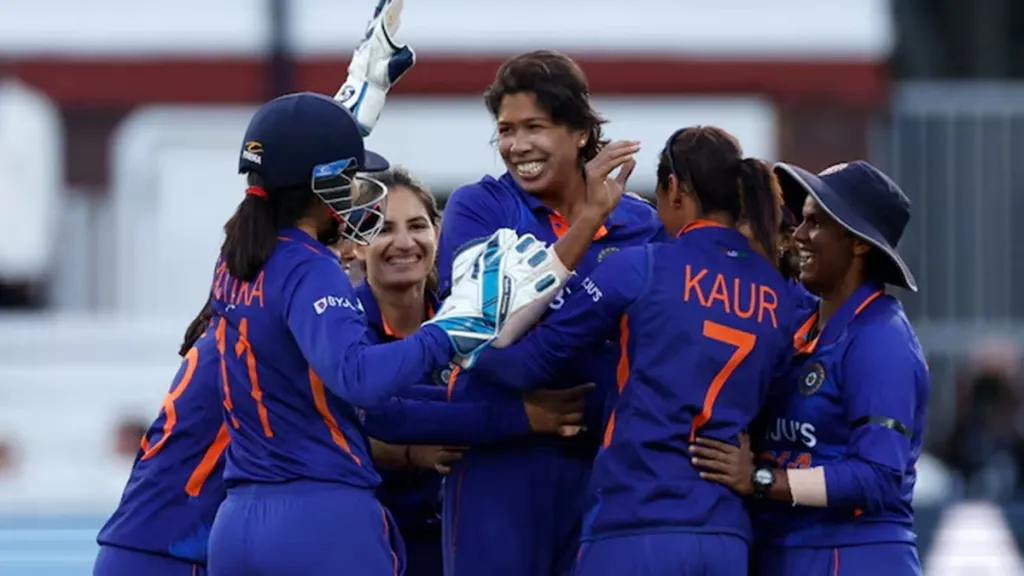In the high-stakes theater of the Women`s ODI World Cup, India`s recent clash with Australia delivered drama not just on the scoreboard, but also off it. Beyond the thrilling record chase by the Australians, the aftermath saw the Indian women`s team facing a five per cent match fee penalty from the International Cricket Council (ICC) for a slow over-rate.
The Persistent Pace Problem
This sanction, imposed by Match Referee Michell Periera, wasn`t a random act but a direct application of Article 2.22 of the ICC Code of Conduct. It`s a clause specifically designed to keep the game moving, penalizing teams for every over they fail to complete within the allotted time, after considering legitimate allowances. In this instance, India found themselves one over short of their target.
For captain Harmanpreet Kaur, the path was clear: a straightforward admission of guilt, sidestepping the need for a formal hearing. This pragmatic acceptance underscores a challenging reality for modern cricket captains – balancing intricate tactical decisions, managing player fitness, and navigating the often-unpredictable flow of a match, all while the clock keeps ticking mercilessly.
Why Does the Clock Always Win?
Slow over-rates have long been cricket`s subtle antagonist, a recurring subplot that frustrates broadcasters, shortens the viewing window for fans, and occasionally turns a vibrant contest into a drawn-out affair. One might wonder, what exactly consumes these precious minutes?
- Prolonged Strategic Huddles: Coaches and captains often engage in lengthy discussions, particularly during critical phases of a match.
- Meticulous Field Placements: The increasing complexity of field settings, often adjusted after every boundary or wicket, consumes valuable time.
- Injury Breaks: While unavoidable, player injuries or discomfort can significantly halt play.
- Modern Game`s Reliance on DRS: Decision Review System referrals, while crucial for accuracy, momentarily bring proceedings to a standstill, sometimes multiple times per over.
Whatever the concoction, the cumulative effect is a game that sometimes crawls when it should gallop, much to the chagrin of spectators and scheduling committees alike.
The ICC`s Unwavering Stance
The ICC, in its role as cricket`s global custodian, has waged a persistent, if sometimes seemingly Sisyphean, battle against this creeping slowness. Penalties, be they financial or, in more severe cases, involving suspensions for captains, are not mere punitive measures. They are a constant reminder of the imperative to maintain game pace, an essential ingredient for cricket`s appeal in an increasingly fast-paced world.
“Players are fined five per cent of their match fee for every over their side fails to bowl in the allotted time.” – ICC Code of Conduct, Article 2.22.
Implications in a Crucial Tournament
In a tournament as significant as the Women`s ODI World Cup, where every match carries immense weight, such a penalty adds another layer of pressure. Having just succumbed to a record-breaking Australian chase, the Indian team now faces a must-win encounter against England. The task ahead for Harmanpreet Kaur and her squad is now multifaceted: not only to perform under immense pressure but also to meticulously manage their on-field tempo to avoid further sanctions that could affect future games or even individual player availability.
The incident serves as a stark reminder that even at the highest echelons of professional cricket, adherence to the spirit and regulations of the game remains paramount. While strategy and skill define the contest, efficiency and pace ensure its sustained enjoyment. The clock, after all, waits for no one – not even a world-class cricket team in pursuit of glory.

